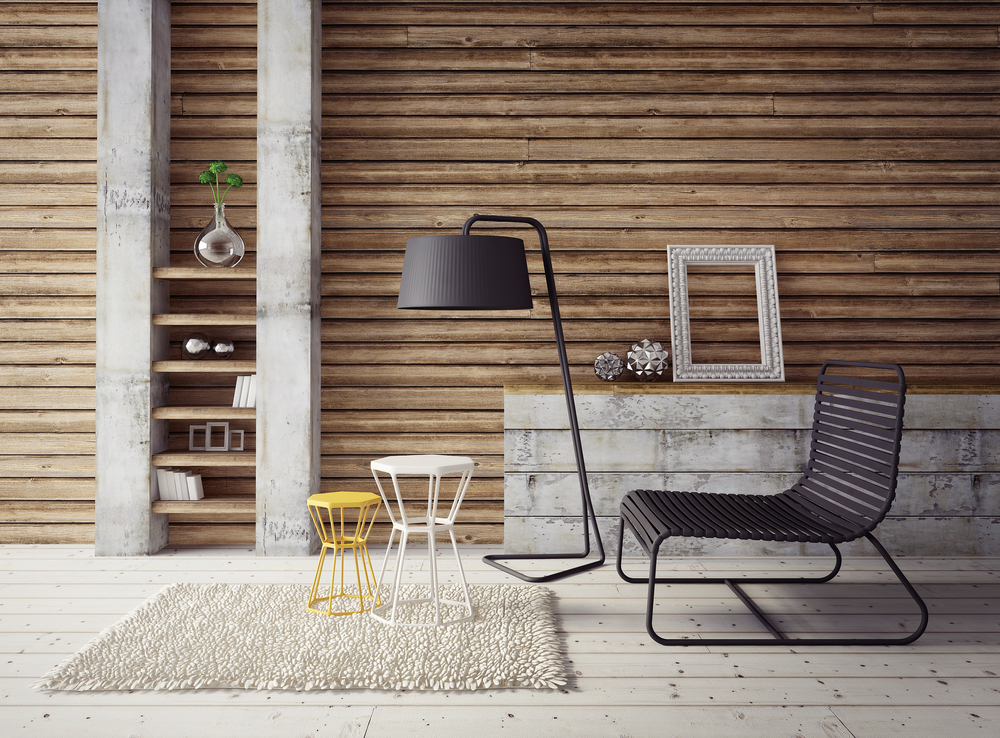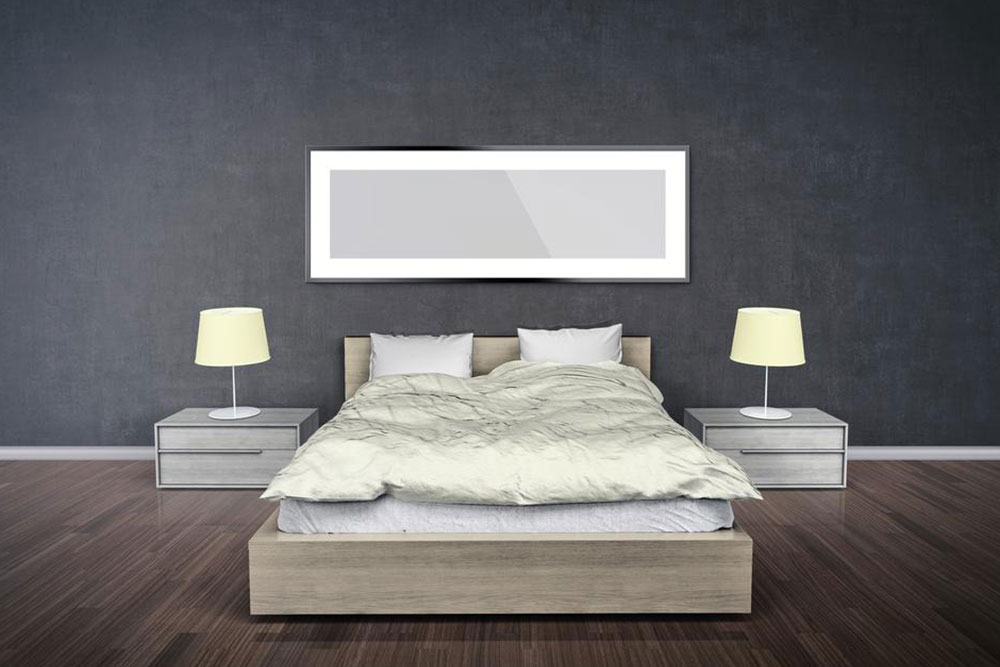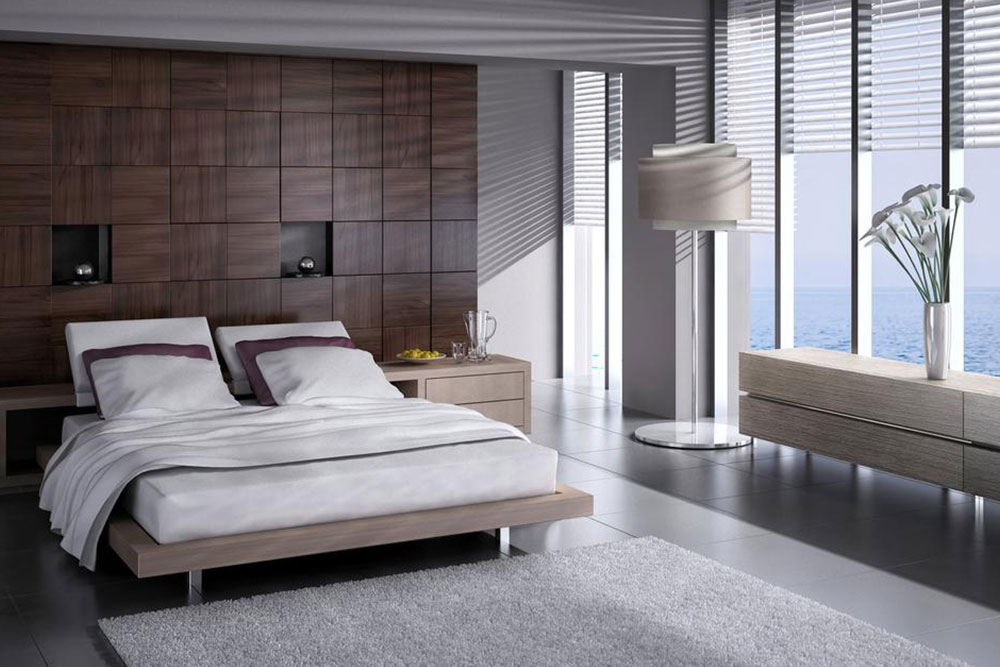Advantages and Disadvantages of Metal Bed Frames
Discover the key benefits and drawbacks of metal bed frames, including their durability, aesthetic appeal, and common issues like weight and temperature sensitivity. Make an informed decision for your bedroom upgrades.
Sponsored

A bed is a fundamental piece of furniture in any home, and choosing a sturdy bed frame is essential. The market offers various metal bed frames, but it's important to weigh their benefits and drawbacks before making a purchase. Read further to discover the key points.
Benefits of Metal Bed Frames
Low Maintenance
Metal bed frames are easier to care for compared to wooden options. They’re highly durable, lasting longer without extensive upkeep. Additionally, they are resistant to pests like termites and insects, ensuring longevity.
Enhances Bedroom Aesthetics
Metal bed frames often feature stylish designs, typically crafted from wrought iron, lending a modern and elegant look to your bedroom. They come in various styles and finishes to complement different decor themes.
Supports Greater Weight Capacity
Compared to wooden frames, metal beds can bear more weight, making them a sturdy choice for longer-term durability.
Drawbacks of Metal Bed Frames
Potential for Faster Deterioration
Although generally strong, poor welding or inferior quality can cause metal frames to weaken or break sooner, leading to repair costs.
Temperature Sensitivity
Metal frames expand and contract with temperature changes, which may cause issues if placed in direct sunlight or fluctuating environments. Proper placement is necessary to prevent damage.
Heavyweight and Mobility Challenges
Metal beds tend to be heavy, complicated to move, especially in multi-story buildings. Wooden beds, being lighter, are easier to transport but may lack the same durability.
Consider these factors carefully when selecting your bed frame to ensure it complements your needs while adding elegance to your space.






